
Janhvi Kapoor in Abu Jani Sandeep Khosla
Popularly known as shisha or abhla embroidery, Indian mirrorwork has been appreciated and admired all over for centuries. In fact, the famous Venetian merchant and traveler, Marco Polo believed that India’s mirror work was more intricate and skilfully crafted than any other he had seen before. As shisha embroidery was patronized by the states of Rajasthan, Gujarat and Haryana, these three states are still the three major hubs where mirror work is created. We explore the origins of this treasured embroidery technique and the significance it continues to hold in the modern world.
The advent of shisha embroidery
The origins of shisha embroidery can be traced all the way back to the Mughal era when tradesmen and travellers brought handicrafts to India from Persia. The use of mirrors stemmed from traditional Islamic beliefs that mirrors helped trap or blind the evil eye, reflecting bad luck away from the wearer. This religious significance spread into Hinduism and Jainism, where shisha torans (banners) were adorned on the front door to ward off evil spirits. The mirror work we see today was born in Iran in the 17th century. It was originally done using mica, which was later replaced by tin or silver, followed by thin coins. Even beetle wings were used at times. However, since those materials were too brittle to withstand wear and tear, glass replaced them. In Rajasthan, the handicraft is known to have started in Jaisalmer and has been deeply rooted in the state’s culture. In fact, it’s a well-known fact that Rajput queens were fond of embedded mirrors not just on their clothes but also their jewellery.

Abhinav Mishra
Shisha embroidery: the magic of mirror work
Available in a variety of shapes including round, square, triangular and polygonal, the mirrors are held in place with a framework of cross-stitching. There are several types of shisha available, such as the antique shisha (or mica) which is still used in various sizes and irregular shapes; machine-cut glass or embroidery shisha; and sequin shisha. The embroidery works best on fabrics like georgette, crepe, cotton, silk and chiffon. Mirror work with tie and dye and bandhani are particularly trending today. In Indian shisha embroidery, the use of mirrors generally represents the landscapes and nature of the region. For instance, traditional Rajasthani attire is often adorned with motifs and embellishments that reflect the colorful, vibrant lifestyle of everyday Rajasthan. The Kathi community of Gujarat add mirrors in the form of a flower motif centerpiece or the eyes of an animal motif. The Jats of Banni use shisha of different shapes and sizes to embellish their fabrics, while the Garari Jat community makes use of tiny mirrors that are embroidered onto the yoke of the dress with multi-coloured threads. Mirrors in traditional Balochi mirror work are cut to depict shapes that resemble nature, like flower petals and leaves. Over time, mirror work has spread to other states too and is being used alongside other handicraft techniques such as appliqué, particularly in Haryana and Orissa.

Manish Malhotra
Shisha embroidery in the modern world
Rajasthan and Gujarat are particularly famous for their mirror-embellished lehengas, torans, tapestries, accessories, bags, and other handicrafts. Now, of course, the embroidery style can be commonly found in various other states like Bihar, Karnataka, Madhya Pradesh and Manipur, where each state has specialized in certain mirror work items.
Renowned couturiers have always been patrons of the art form, but now shisha embroidery is also showing up on contemporary designs. Designers Manish Malhotra and Abhinav Mishra’s elaborate Indian wear ensembles often come splashed with traditional mirror work. On the other hand, Papa Don’t Preach has given it a modern twist by adding embellishment to dresses, dhoti pants and kaftan sets. Arpita Mehta uses the form on her contemporary Indian wear, and couturier duo Abu Jani and Sandeep Khosla are the ultimate mirror work connoisseurs.

Vvani by Vani Vats
Shining in shisha embroidery
If you’re looking for some tips to add this form of embroidery to your own closet, read on.

Abhinav Mishra
- A simple kurta with a mirror work yoke, paired with palazzos or dhotis is ideal for a festive party or day-time wedding event.
- A flared shisha embroidered skirt with a crop top and a cape is a winning wedding season look.
- A belted sari with ruffles and a heavy mirror work border is also an impactful pick.
- If you don’t feel comfortable wearing a whole ensemble with shisha embroidery, opt for a cute pair of mojris with mirror work or classic pieces of jewellery, such as meenakari rings, with mirrors embedded in them.
- Shop mirror work on Aashni + Co here.

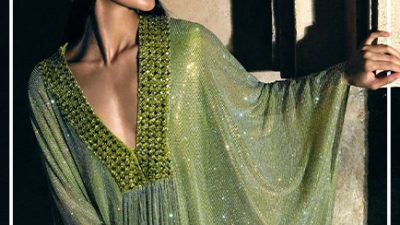
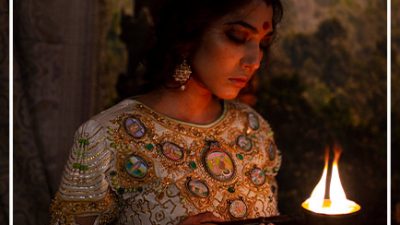
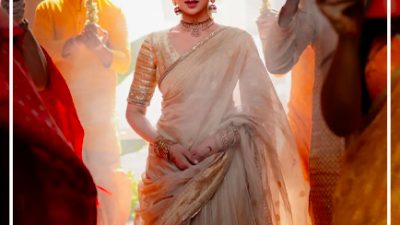
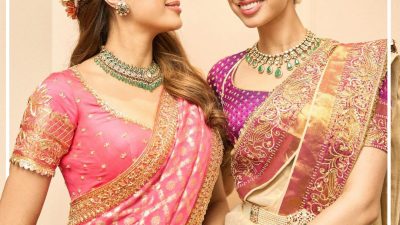
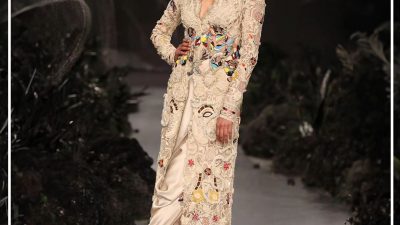
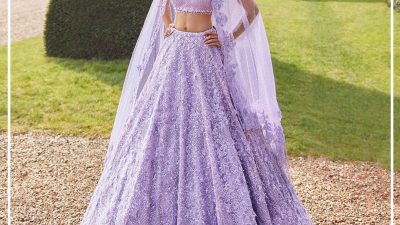
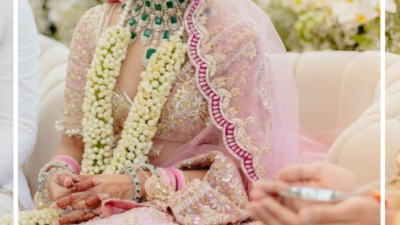
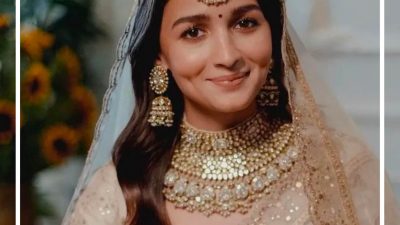
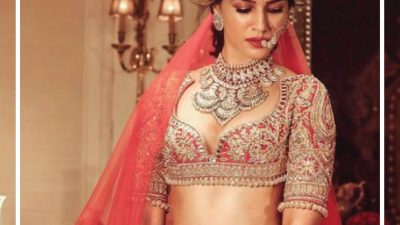

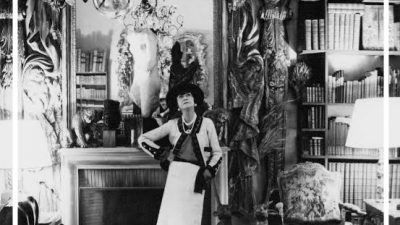
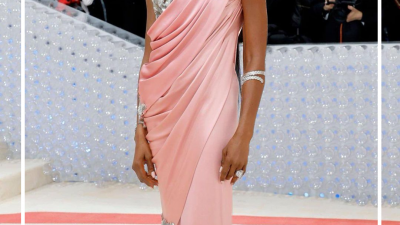
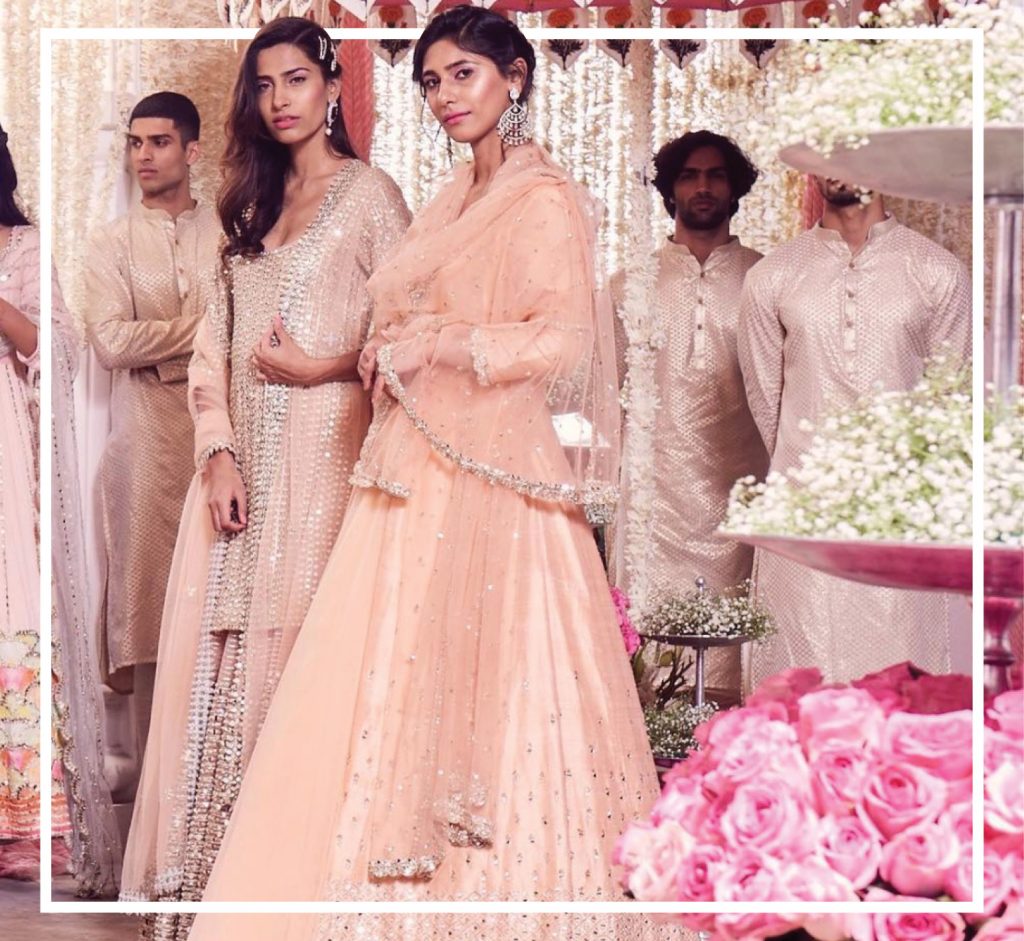

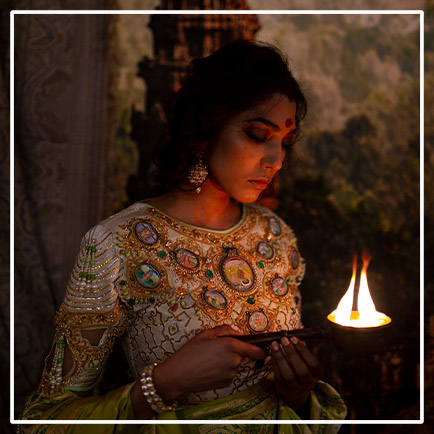
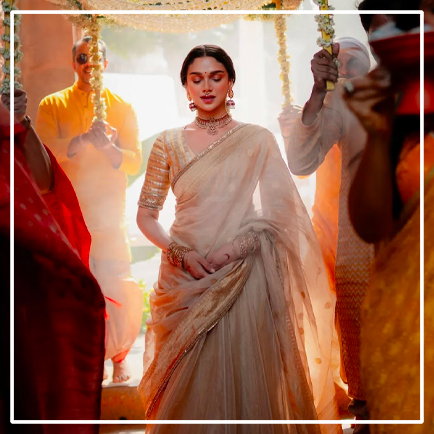
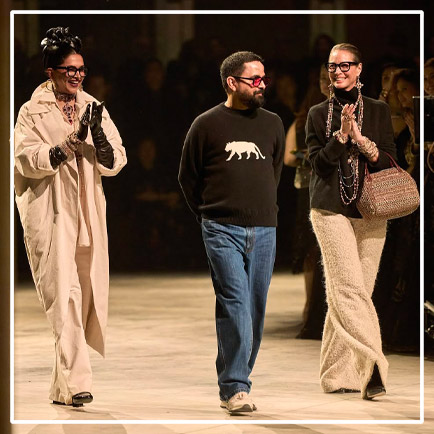


Comments